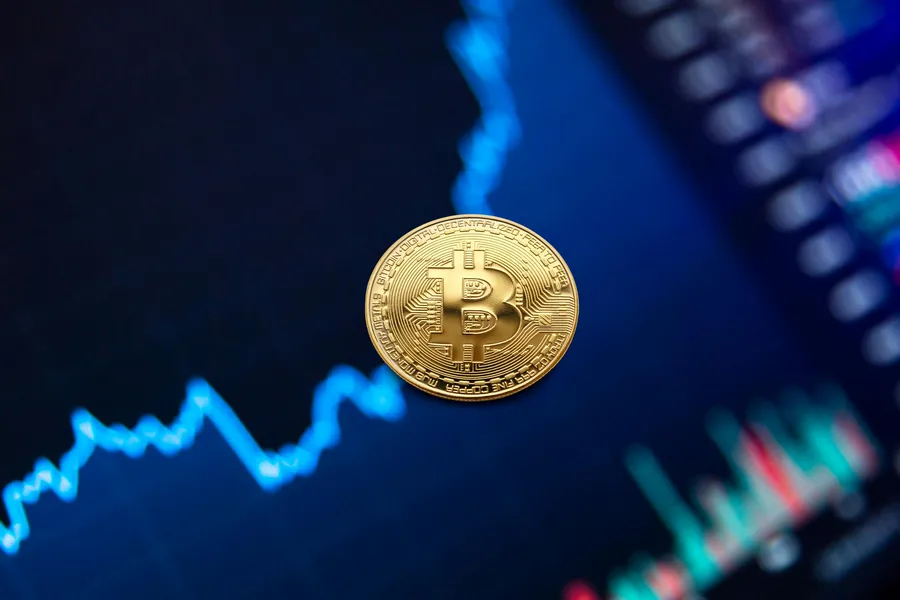What is Nano (NANO) Cryptocurrency Token? — Nano, Fast Transactions, No Fees

Title: Navigating the Treacherous Waters of Nano Crypto: A Hard-Earned Insider’s Perspective
Intro:
Hey there, crypto enthusiasts! I’m Valerii Wilson, seasoned security expert and smart contract auditor. You might think you know all about Nano (NANO), but let me tell you, the waters of this cryptocurrency can be as treacherous as a pirate ship in a hurricane. In this article, I’m going to cut through the fluff and give it to you straight: my hard-earned lessons, sarcasm included.
H2: What is Nano (NANO) Cryptocurrency Token?
Bullet Points:
– Nano is a digital currency that claims to offer instant, fee-free transactions.
– It uses an open-source protocol called ‘Block Lattice’ which enables each account to have its own blockchain.
– Launched in 2015 under the name “Raiblocks”, it rebranded to Nano in 2018.
Now, you might think this sounds great – instant transactions with no fees! But like any good pirate treasure, there are traps lurking beneath the surface. For instance, while Nano’s transaction speed is undeniable (thanks to its unique block lattice structure), it also makes the network extremely vulnerable to Sybil attacks, where malicious actors could create fake accounts and seize control of the network.
H2: Nano Fast Transactions – Is There a Catch?
Paragraph:
The catch is not about the speed itself, but rather the potential security risks that come with it. Yes, Nano can process transactions in under one second due to its block lattice architecture. However, this same design opens up doors for malicious activities. Think of it like a high-speed car race where anyone can join without proper ID checks – chaotic, right?
H2: No Fees = Potential Vulnerabilities
Bullet Points:
– No fees mean no incentive for nodes to maintain the network.
– This makes Nano vulnerable to 51% attacks and centralization issues.
While zero fees might seem like a dream come true, it comes at a cost. In the absence of transaction fees, there’s no direct economic incentive for users to run nodes or secure the network. This means anyone can create fake accounts and participate in double-spending attacks, potentially leading to centralization problems.
H2: Beware the NFT Scams & Key Leaks
Paragraph:
Let’s not forget about those sneaky NFT scammers lurking around every corner! Just last year, an attacker drained thousands of dollars worth of NANO from a popular NFT marketplace. How did they do it? They found a way to exploit the platform’s wallet integration, stealing users’ private keys and cleaning out their balances.
H3: Lessons Learned From Nano’s History
Bullet Points:
– In 2019, Nano experienced a 51% attack due to its lack of fee structure.
– This year, another 51% attack was reported on the network.
Remember those 51% attacks I mentioned earlier? They’ve happened before and they can happen again. In fact, Nano experienced one in 2019 and another just this year. These attacks demonstrate how important it is to consider the long-term implications of a coin’s design decisions – especially when it comes to security.
Conclusion:
So there you have it, folks. Nano’s lightning-fast transactions and zero fees might sound tempting, but they come with some serious risks that could leave you walking the plank faster than you can say “arrr matey!” As a seasoned crypto security expert, I urge you to tread carefully in these treacherous waters. Always do your research and stay vigilant against potential threats. Until next time, happy sailing!
Endnote: This article is meant to inform and educate rather than discourage readers from using Nano as a form of currency. Its purpose is to highlight the potential vulnerabilities associated with certain design choices in blockchain technology and encourage users to take necessary precautions when handling digital assets.









